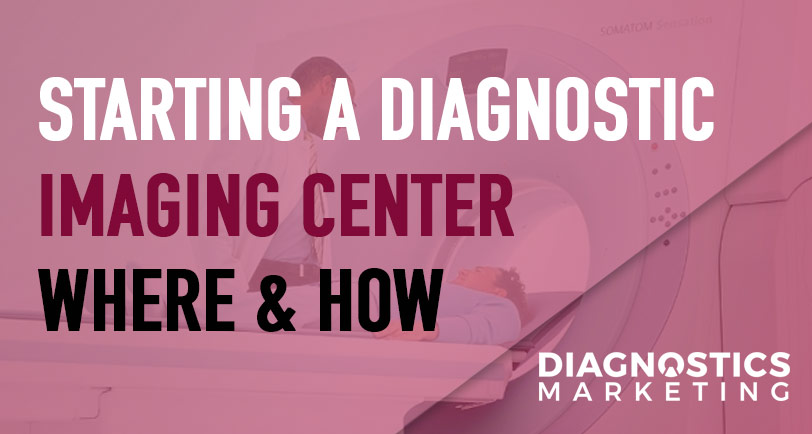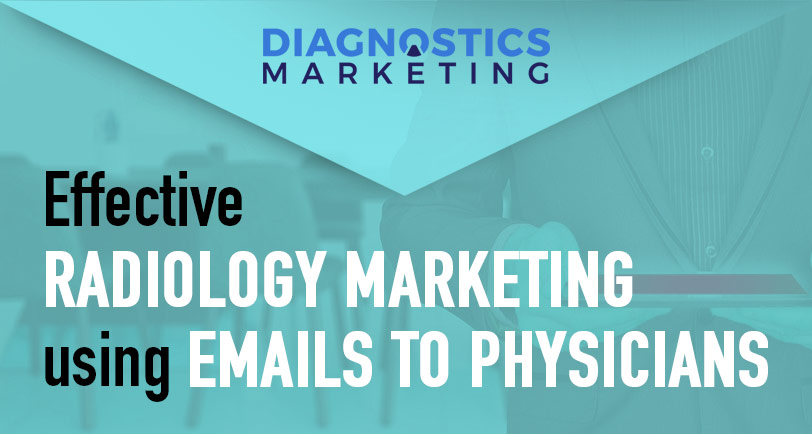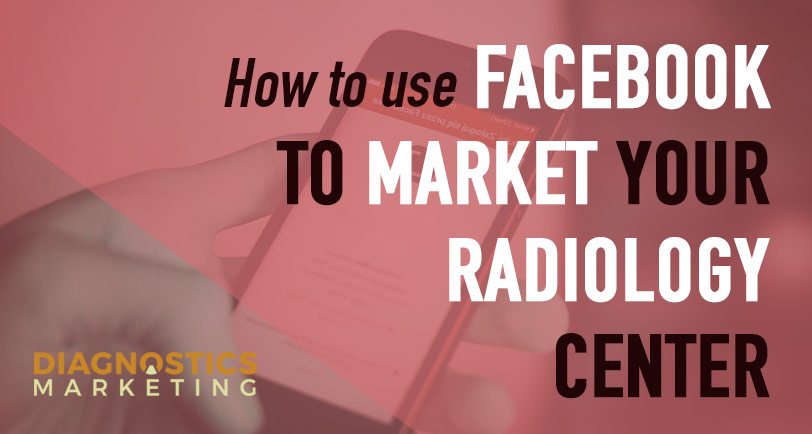
by diagnostics | Nov 14, 2017 | Blog, Business, Business Building, diagnostic marketing, Marketing
There are two important questions to answer relating to starting an imaging center. The first is: Should you open a diagnostic imaging center? The answer to this one will vary depending on who’s asking it. The second is perhaps more important and needs to be...

by diagnostics | Nov 14, 2017 | Blog, Business, Business Building, diagnostic marketing, Marketing
Owning an Imaging Center used to be a direct path to riches. Not anymore. In the past, before the Stark Law, anyone could open an imaging center, provide an incentive to physicians in the area to refer all of their patient exams to the center, and you were assured of...

by diagnostics | Nov 13, 2017 | Blog, Business, Business Building, diagnostic marketing, Email, Marketing, Uncategorized
Marketing to physicians should be a cornerstone of any imaging center’s overall strategy. Effectively marketing to physicians comes down to professional relationships. Building and maintaining relationships with both current and prospective referring physicians is the...

by diagnostics | Nov 13, 2017 | Blog, Business, Content, diagnostic marketing, Marketing
Your Guide to Setting Up, Maintaining, and Growing Your Imaging Center’s Radiology Facebook Page While most businesses now have a facebook page, radiology Facebook pages for imaging centers are less common than others. Even in the Medical industry, Facebook is a...

by diagnostics | Nov 13, 2017 | Blog, Business Building, diagnostic marketing, Management, Marketing
Radiology & Diagnostic Center Marketing Understanding the law and what is allowed and Marketing your Diagnostic Center, you will attract new patients, grow your practice, and get the attention of referring physicians. Lack of understanding, and you could...

by diagnostics | Nov 13, 2017 | Blog, Business, diagnostic marketing, Email, Marketing, Uncategorized
Effective Email Marketing to Doctors Starts With a Solid Radiology Marketing Plan Promoting a diagnostic imaging center using email marketing to doctors can be a great way to increase patient referrals and build partnerships with referring physicians. That is if...







